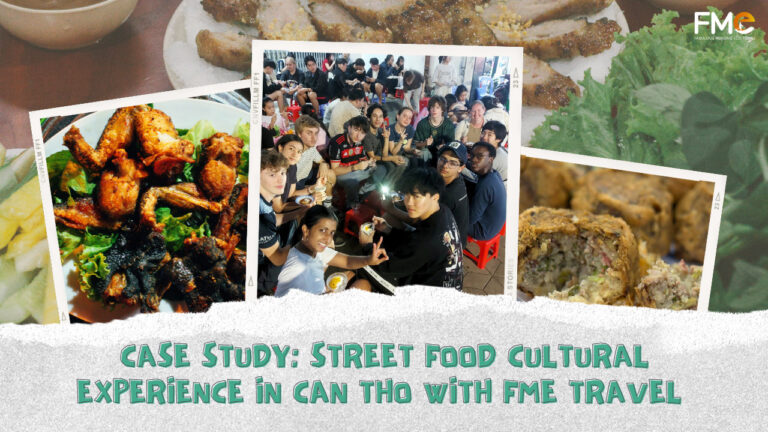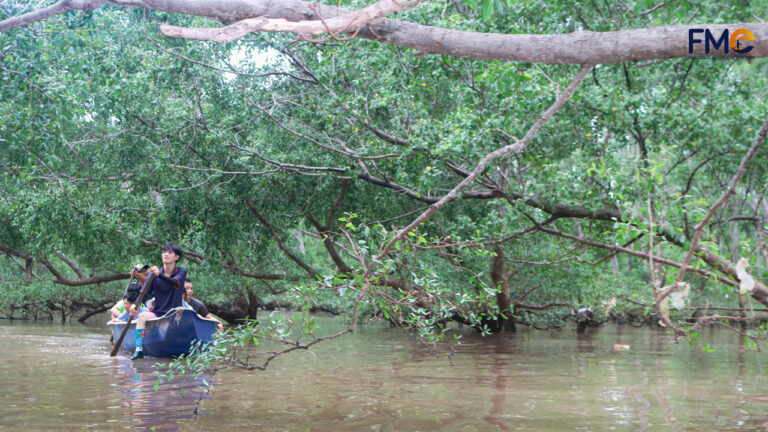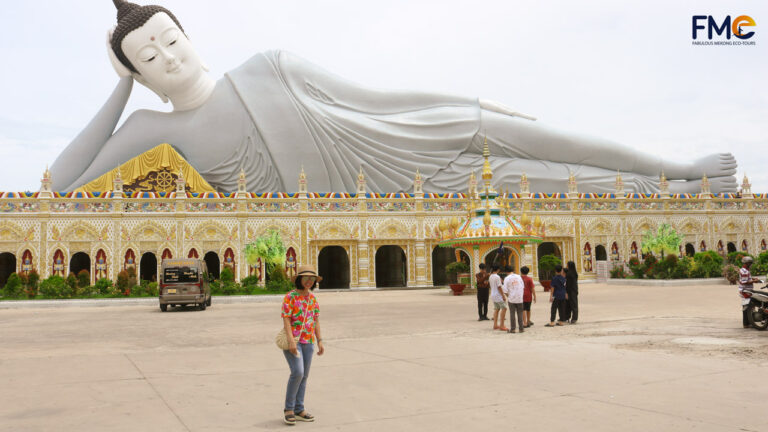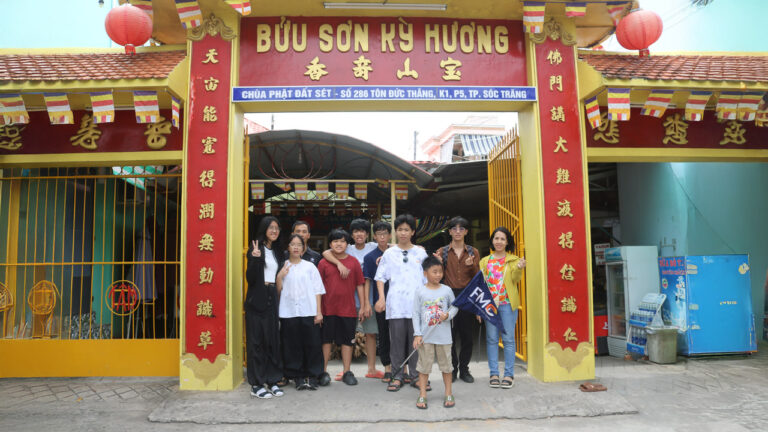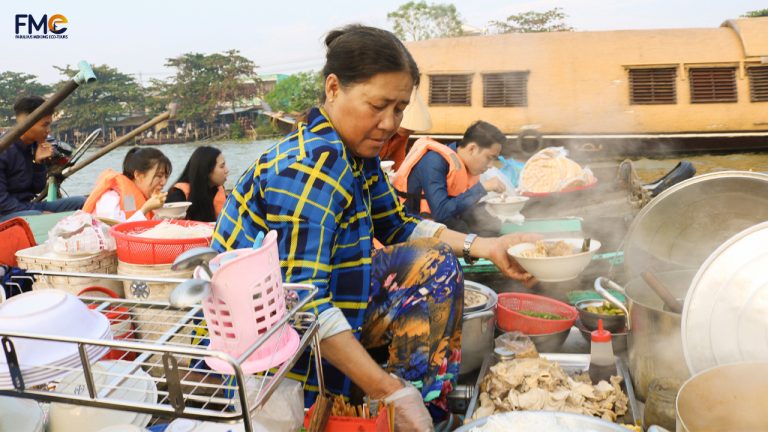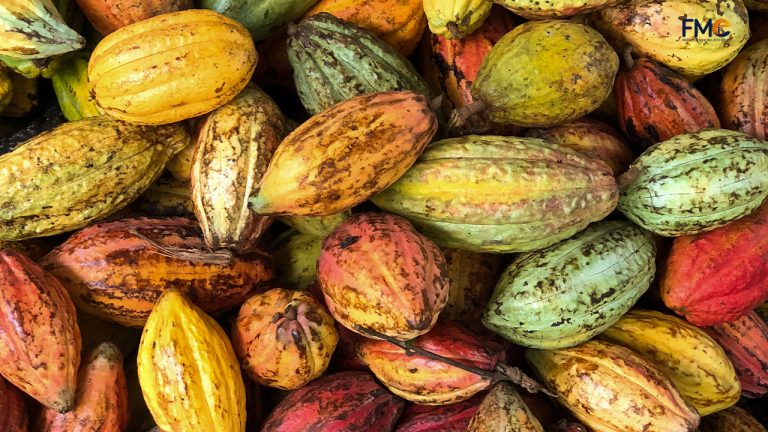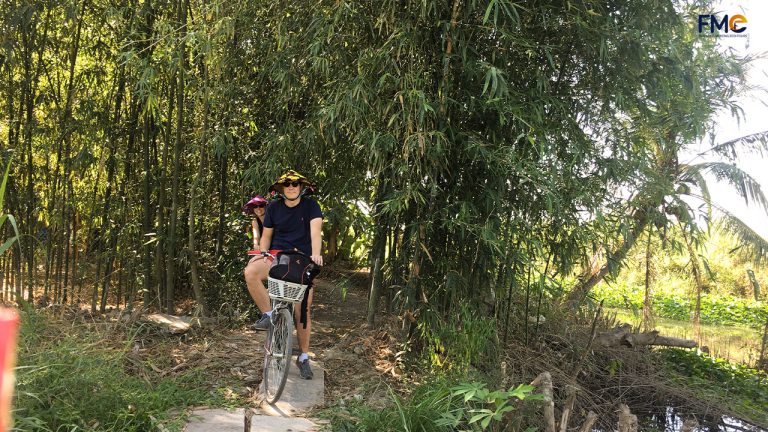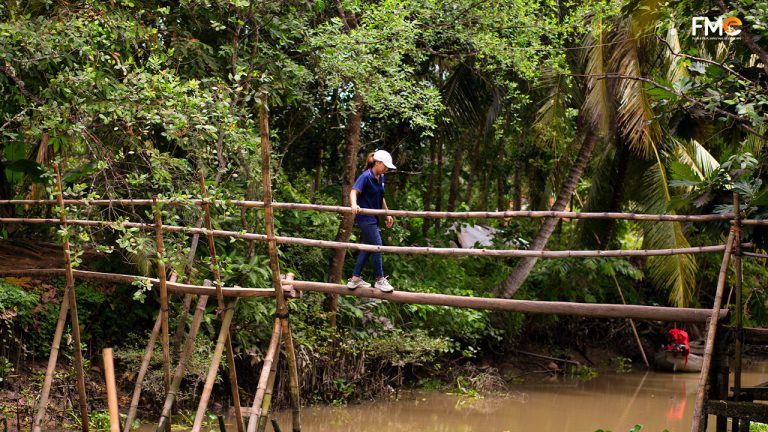The Temple of Saint of Literature in Cao Lanh
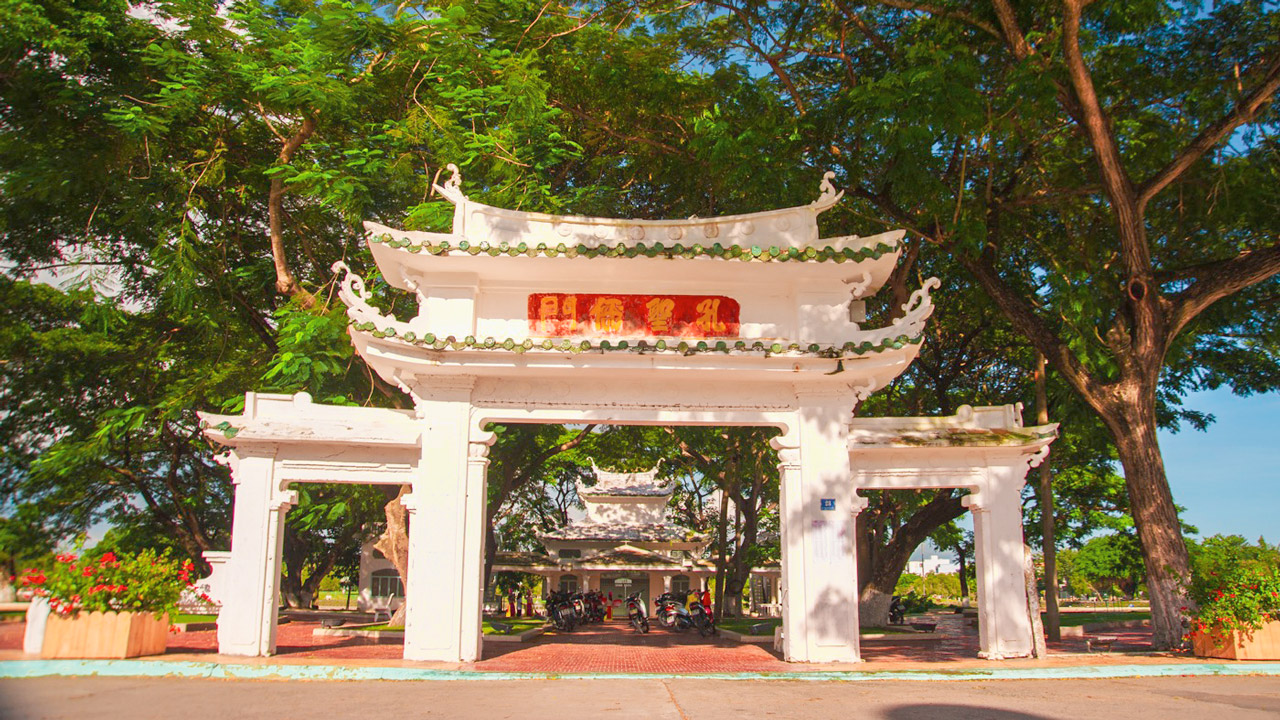
Located in the serene landscapes of Cao Lanh, Dong Thap, the Temple of Saint of Literature stands as a testament to the rich cultural and historical heritage of Vietnam, deeply influenced by Confucianism.
This revered site not only attracts students and scholars from across the Mekong Delta region but also serves as a cultural hub for visitors interested in the scholarly traditions of Vietnam.
Table of Contents
ToggleLocation and Historical Significance
Establishment and Evolution
Originally constructed in 1857 in the village of My Tra, the temple was relocated to its present location on Ly Thuong Kiet Street, Ward 1, Cao Lanh City in 1878.
It underwent significant expansions and renovations to become the grand structure it is today, particularly between 1935 and 1940 when it was refurbished to include a library and meeting space. The temple faced a period of neglect during the war years but was revitalized after 1975, serving as a provincial library.
Google Maps: https://maps.app.goo.gl/mWEh154n1qfTwujd7
Architectural Design
The Temple of Saint of Literature showcases a blend of traditional Vietnamese and Chinese architectural styles. The main hall originally housed a large altar dedicated to Confucius, with adjacent areas honoring the Four Sages and notable scholars from the region.
The temple’s design includes intricate wood carvings, traditional roof styles, and ceremonial halls that reflect the reverence for education and scholarship.
Cultural and Educational Impact
A Center for Literary and Educational Activities
The temple has historically been a center for education and literary activities, hosting discussions and poetic exchanges that emphasize the values of Confucian philosophy. It remains a pivotal site for promoting educational pursuits and intellectual development in the region.
Preservation of Confucian Heritage
The restoration efforts in 2011 not only physically refurbished the temple but also revitalized its role in preserving and promoting Confucian teachings. Today, the temple’s environment is conducive to scholarly activities and continues to inspire the pursuit of knowledge and virtue among its visitors.
The Van Mieu Park
Surrounding the temple, the Van Mieu Park serves as a lush, scenic area where visitors can relax and enjoy the beauty of nature. The park features a lake, walking paths, and various plant species, making it an ideal spot for community gatherings and cultural events.
Recognition and Accessibility
Historical Designation
Recognized as a provincial cultural historic site in 2001, the Temple of Saint of Literature in Cao Lanh is not only a symbol of local pride but also a significant landmark in Vietnam’s cultural landscape.
Tourism and Accessibility
The temple is easily accessible from major cities in the region via national highways. It has become a must-visit destination for those interested in the cultural history of the Mekong Delta, offering insights into the scholarly traditions that have shaped local identity.
FAQs about the Temple of Saint of Literature in Cao Lanh
What is the Temple of Saint of Literature in Cao Lanh?
It is a historical and cultural site in Cao Lanh, Dong Thap, dedicated to Confucius and serving as a center for education and scholarship.
How was the Temple of Saint of Literature in Cao Lanh established?
The temple was initially built in 1857 and has undergone several renovations to maintain its cultural significance and structural integrity.
What can visitors do at the Temple of Saint of Literature in Cao Lanh?
Visitors can explore the temple’s architecture, participate in cultural events, and enjoy the tranquil settings of the surrounding park.
The Temple of Saint of Literature in Cao Lanh remains a cornerstone of cultural heritage in Đồng Tháp, embodying the enduring values of learning and moral development. It continues to inspire and educate, serving as a vital link to the past and a beacon for future generations.
TRAVEL STORIES AND NEWS
Explore Mekong Stories
The Most Popular Tours offered by FME Travel






